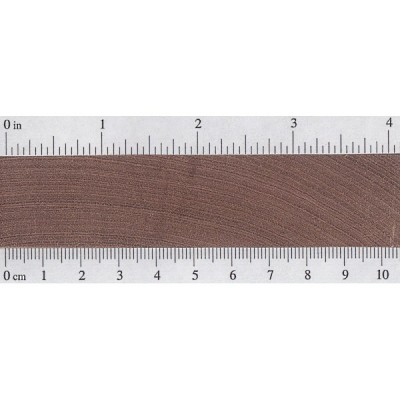Best Price Sapele Wood Miami Fl
Technical information provided by The Wood Database:
Common Name(s): Sapele, Sapelli, Sapeli
Scientific Name: Entandrophragma cylindricum
Distribution: Tropical Africa
Tree Size: 100-150 ft (30-45 m) tall, 3-5 ft (1-1.5 m) trunk diameter
Average Dried Weight: 42 lbs/ft3 (670 kg/m3)
Specific Gravity (Basic, 12% MC): .50, .67
Janka Hardness: 1,410 lbf (6,280 N)
Modulus of Rupture: 15,930 lbf/in2 (109.9 MPa)
Elastic Modulus: 1,746,000 lbf/in2 (12.04 GPa)
Crushing Strength: 8,750 lbf/in2 (60.4 MPa)
Shrinkage: Radial: 4.8%, Tangential: 7.2%, Volumetric: 12.8%, T/R Ratio: 1.5
Color/Appearance: Heartwood is a golden to dark reddish brown. Color tends to darken with age. Besides the common ribbon pattern seen on quartersawn boards, Sapele is also known for a wide variety of other figured grain patterns, such as: pommele, quilted, mottled, wavy, beeswing, and fiddleback.
Grain/Texture: Grain is interlocked, and sometimes wavy. Fine uniform texture and good natural luster.
Endgrain: Diffuse-porous; large pores in no specific arrangement, few; solitary and radial multiples of 2-3; reddish brown deposits occasionally present; parenchyma diffuse-in-aggregates, unilateral, and marginal; rays narrow to medium, spacing normal; ripple marks present.
Rot Resistance: Heartwood ranges from moderately durable to very durable in regard to decay resistance. Moderate insect/borer resistance.
Workability: Sapele can be troublesome to work in some machining operations, (i.e., planing, routing, etc.), resulting in tearout due to its interlocked grain. It will also react when put into direct contact with iron, becoming discolored and stained. Sapele has a slight blunting effect on cutters, but it turns, glues, and finishes well.
Odor: Sapele has a distinct, cedar-like scent while being worked.
Allergies/Toxicity: Although severe reactions are quite uncommon, Sapele has been reported as a skin and respiratory irritant. See the articles Wood Allergies and Toxicity and Wood Dust Safety for more information.
Sustainability: This wood species is not listed in the CITES Appendices, but is on the IUCN Red List. It is listed as vulnerable due to a population reduction of over 20% in the past three generations, caused by a decline in its natural range, and exploitation.
Common Uses: Veneer, plywood, furniture, cabinetry, flooring, boatbuilding, musical instruments, turned objects, and other small wooden specialty items.
SAPELE WOOD





GET A FREE QUOTE NOW
HEADQUARTER
Pick Up or Delivery
777 NW 71st ST, Miami FL 33150
(305) 467-4572
Email: Roy@BrazilianLumber.com
Contact Us Now
Form Of Payments


